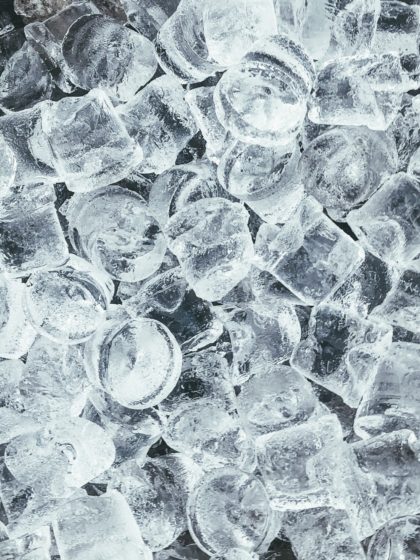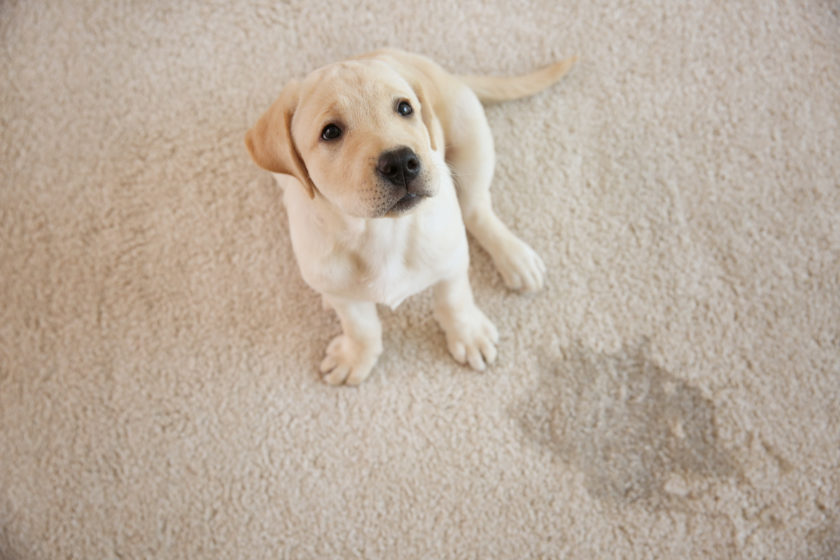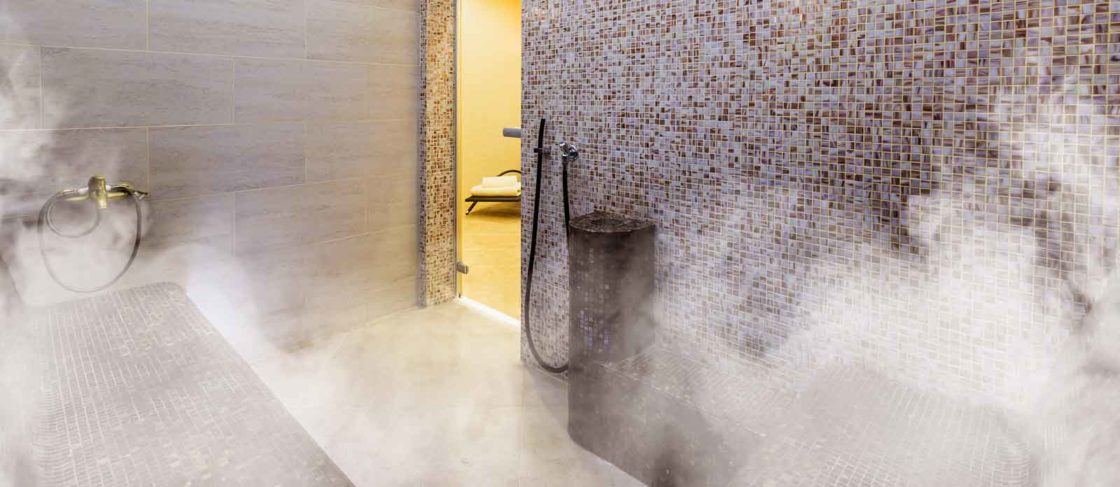Are you struggling to clean your Frigidaire ice maker? Wondering how to disassemble your machine and where or how to begin the cleaning process can have you engulfed in confusion.
However, it’s essential to eliminate the slime and mold buildup that’s causing smelly ice and ruining the flavor in drinks. Fortunately, you’ve come to the right place.
In this guide, you’ll learn how to clean a Frigidaire ice maker efficiently, which includes the exterior and interior components. It’ll look good as new and function optimally for commercial or home use.
How Do You Know if a Frigidaire Ice Maker Needs Cleaning?
It’s one of the most popularly asked questions. It’s worth noting that there’s no specified time to clean your ice maker. Additionally, the cleaning process varies from one condition to another. It’s advisable to clean your Frigidaire ice maker at least once a month based on the frequency of use.
Furthermore, if you notice an odor emanating from the machine, that’s your cue to clean it and restore its freshness. Cleaning your unit also boosts its lifespan. Another tell-tale sign that a Frigidaire ice maker requires cleaning is that the ice cubes it produces have an odor and are cloudy. Lastly, if you notice dirt on the inside walls of the machine, it’s time to clean it.
How to Clean a Frigidaire Ice Maker
Now that you know how to tell if your unit is due for a deep clean, we’ll walk you through the straightforward step-by-step process to get it spick and span.
1. Unplug the Machine
Begin by unplugging your ice maker from the power outlet for safety. That entails ensuring you turn off the appliance and remove all the wires. Most people kick off the cleaning process with the unit plugged into a power source.
They fail to realize that water is a good conductor of electricity. Therefore, if any of the wires come in contact with the water, it leads to electrocution, which can be fatal.
Furthermore, remember to unplug the water supply line and outlets to curb spillages. Once you remove all the outlets and inlets, keep them in a container to avoid misplacing them. Wrap the electric wires with masking tape or a string to prevent them from coming into contact with water which can be hazardous.
2. Remove the Ice Bin
Once you complete the unplugging process to clean ice maker, wear a pair of gloves and remove the ice bin to keep your hands clean and free of bacteria and mold that may trigger an infection. As you remove the bin, do so carefully to avoid damaging the ice maker.
Once you remove the bin, make sure you get rid of the clogged ice and give it time to melt. Remember to drain the water from the ice bin before beginning the cleaning process. Doing so will prevent spillages and allow you to clean the bin properly.
In addition to the ice, the bin eliminates all the exterior and interior components to pave the way for better and easier cleaning. You can also protect your hands from possible injuries when you’re cleaning the unit. Once you remove all the components, prepare a cleaning solution in which you’ll clean them.
3. Use Dish Soap and Warm Water to Clean the Unit
Once you take out the ice bin and water pan and drain excess water, mix dish soap and warm water in a basin. Dip a cloth into the solution and start cleaning your ice maker’s exterior and interior components. Using warm rather than cold water will lift the stains and dirt easily.
Once the parts are covered in the soapy solution, let them soak in it for up to 30 minutes to ensure they get clean. Next, rinse the components with warm water and leave them to air dry. Use a damp, clean cloth to wipe your Frigidaire ice maker.
4. Clean the Interior Components
Now, it’s time to clean the most difficult parts of the ice maker, such as the water draining pipes and the compressor region. It’s essential to clean these components properly to prevent corrosion and clogging issues. Here’s where a white vinegar or lemon solution comes into play, particularly in the presence of rust.
The vinegar solution is a beast at eliminating rust stains. However, the solution should be in the ratio of 10:1, which means 10ml water to 1ml of vinegar to avoid damaging the machine.
Once you prepare the solution with white vinegar, dip a clean and white microfiber cloth into it and rub it onto the stained areas in circular motions. Let the solution sit for up to 15 minutes and rinse it off with warm water.
5. Reassemble the Frigidaire Ice Maker
Once the unit is completely dry, you can reassemble it. Start by plugging the wires in carefully and double-checking that all the essential components are in their respective places before restarting the unit.
Lastly, reconnect the water line and drain pipes to the water reservoir to prevent the ice maker from malfunctioning. Furthermore, ensure that the interior components are entirely dry to avoid rust and corrosion, which damage the unit. Now you can plug in your ice maker and enjoy clean, fresh ice in your drinks.
If your ice maker has a water filter, you also want to make sure this is replaced when necessary as well. Most of the steps we have outlined can be applied to a countertop ice maker or freestanding ice maker. Above all, clear ice out, cut off the water supply, and clean each component thoroughly.

Tip to Increase the Lifespan of Your Frigidaire Ice Maker
It’s a no-brainer that you want to boost the functionality of your ice maker. Therefore, you’ll need to rope in an expert to service it at least once a month. After all, the exterior components are fragile and can malfunction with exposure to dirt and debris. Proper care and maintenance allow you to fix all loose ends, and your unit will reward you with excellent service for more than five years.
We also recommend replacing some parts of the machine once every four months to keep it operating optimally for longer. In addition to servicing your Frigidaire ice maker, keeping your unit spick and span will prevent water clogging issues.
Bottom Line
With insight into how to clean a Frigidaire ice maker and keep it in tiptop condition, you can prevent the issue of foul-smelling ice or getting sick from consuming germs and dangerous pathogens. The unit will also function optimally for years down the road.
FAQ
Let’s explore the answers to some of the most frequently asked questions regarding cleaning ice makers.
How do you clean a Frigidaire ice maker using bleach?
Begin by switching off the unit and unplugging it from the power outlet. Next, soak a clean microfiber cloth in a bleach solution of 1:1, whereby 1 ounce of chlorine is diluted in a gallon of water. Wipe down all the surfaces you come into contact with, including the ice bin.
Why does your ice have a black substance?
The presence of black particles or specs on your ice cubes is a marker of mold, in which case your Frigidaire machine requires a deep cleaning and servicing.
What are the repercussions of failing to clean your Frigidaire ice maker?
Like slime and mold, neglecting your ice machine allows E. coli, Salmonella, and Norovirus to thrive and infect your ice. Consequentially, these are detrimental to your health and can make you adversely ill. These harmful pathogens are more dangerous than slime or mold.

